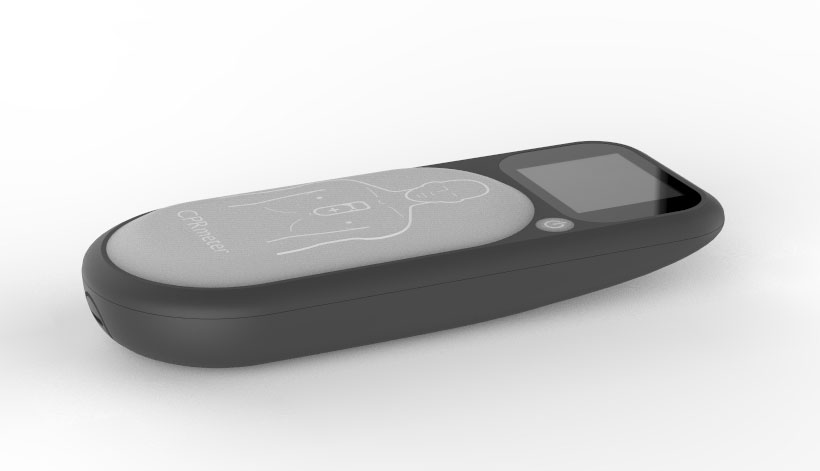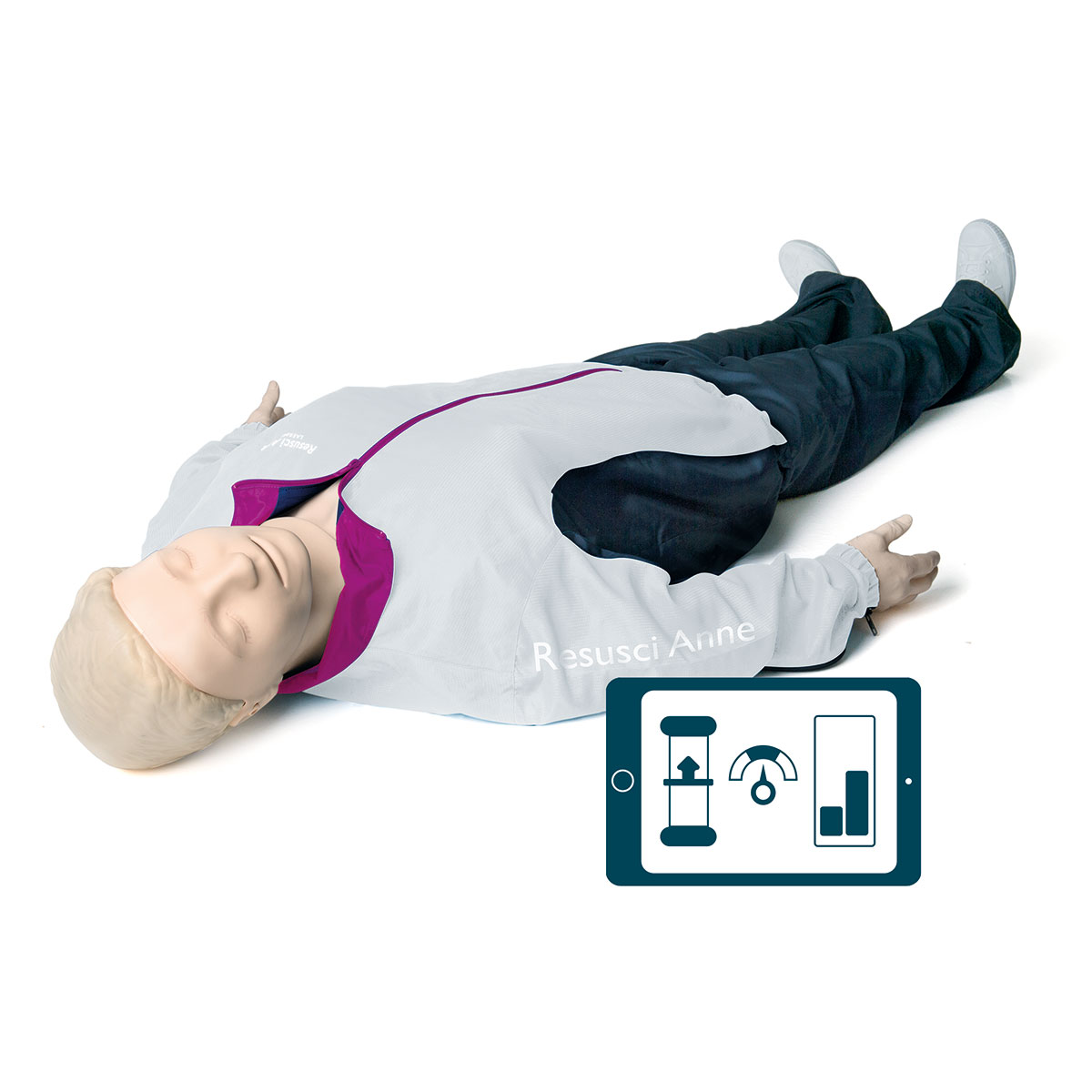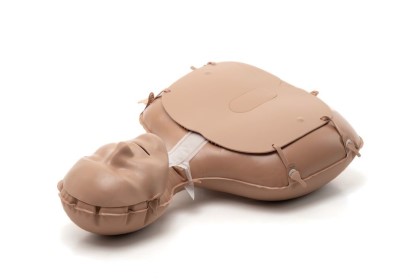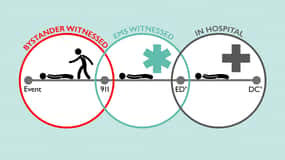
"CPR Saves Lives" Video
A great brief animated video that you can use to promote CPR and AED awareness in your community.
Only 46% of cardiac arrest victims receive CPR from a bystander. That statistic includes bystanders who are either certified in BLS or who at least know the fundamentals of hands-only CPR. Reasons bystanders have given for not providing CPR include that their skills are not up to date (28%), CPR is too complicated (24%), or just a lack of confidence (18%). It's hard to believe that anyone would fail to act if they witnessed a cardiac arrest. But, they often do. We in the resuscitation training community can help change that.
The American Heart Association, the American Red Cross, and the National Safety Council combined efforts to focus this year’s CPR and AED awareness week on training the next generation lifesavers to Be CPR Smart. This year, we are supporting them by sharing some of our favorite online content. Some is ours and some has been created by our partners and public resources. We hope that you use this information as you train and inspire healthcare professionals and laypeople in your community.

A great brief animated video that you can use to promote CPR and AED awareness in your community.

Look how this video incorporated both English and Spanish to teach hands-only CPR. Brilliant!

New York-Presbyterian Hospital proves that hands-only CPR can be learned in 30 seconds and leave a trainee motivated to deliver.

Have you considered engagement factor? This infographic is a summary of our popular article on how engagement can lead to a better trained and motivated CPR trainee.
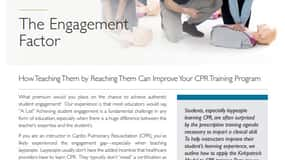
Would you like to learn more about the engagement factor? This article goes in depth about how quality CPR training with performance feedback can give students the skills and confidence to act in a cardiac emergency.

One in eight people trained in CPR told the American Heart Association in a recent survey that they failed to act when witnessing a cardiac arrest. Show your community that if a third-grader can act, we all can.

This story inspires us and touches our hearts every time. If your students need a reason to be prepared to act if they witness a cardiac arrest, this story will make a lasting impression.
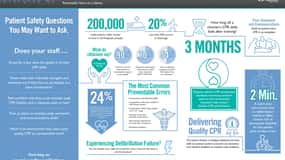
Poor quality CPR is a preventable harm. Do you think it’s time we started to raise the bar on what quality CPR means? The statistics in this graphic say, “Yes.”

Hear what people have to say once they learn how critical it is to use CPR and an AED on a Sudden Cardiac Arrest victim.

From the world leaders in helping improving survival from cardiac arrest, here is a great article from the Resuscitation Academy on 10 ways to improve cardiac arrest survival rates.
